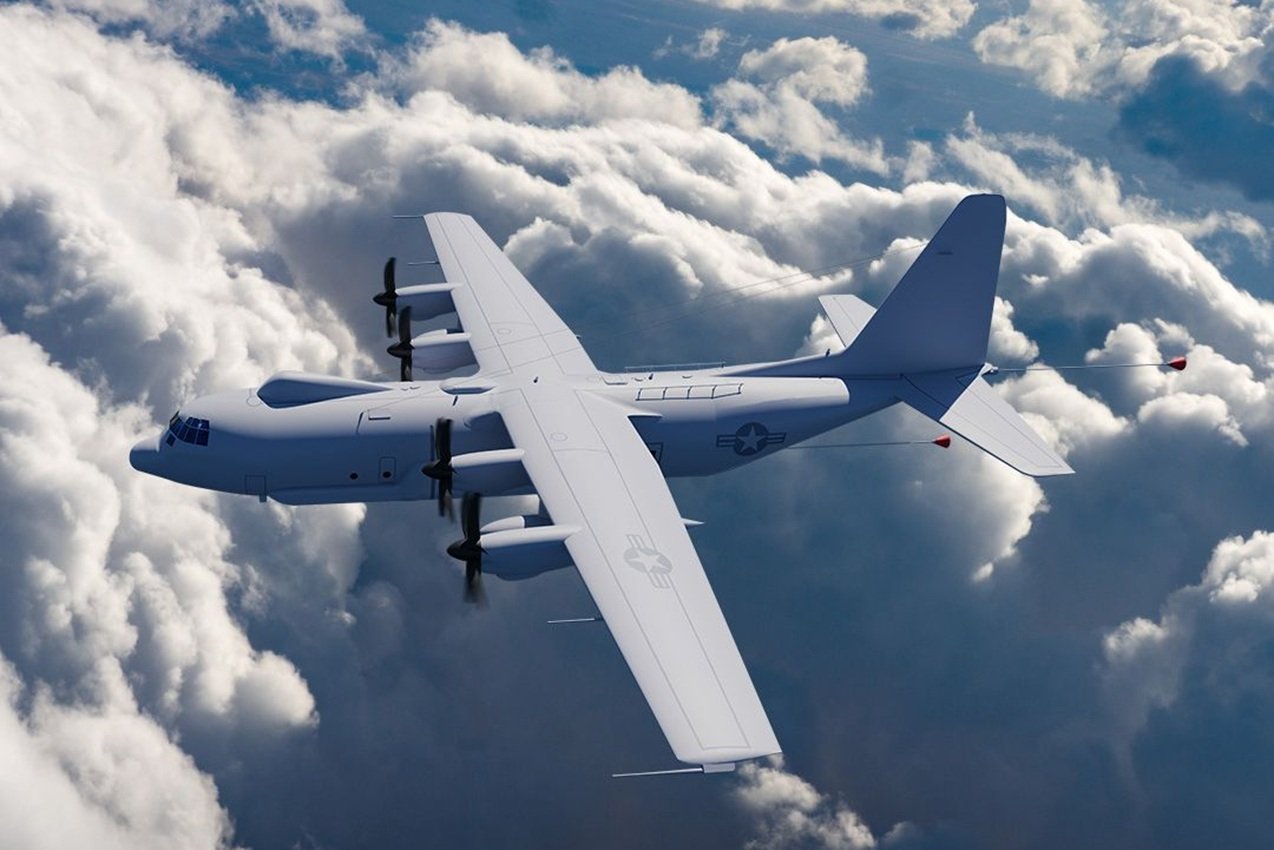
New E-130J TACAMO plane reaches key development phase
Northrop Grumman says it is advancing the U.S. Navy’s E-130J TACAMO program using next-generation digital engineering methods, aiming to modernize one of the country’s most vital strategic communications platforms.
In a statement released Wednesday, the company said, “As the prime contractor for the US Navy’s NC3 E-130J aircraft, we’ve been working from Day One of contract award to advance this important program. Today, as we execute the program, we’re closely partnering with the US Navy, applying unprecedented digital technologies and achieving key program milestones to rapidly design, build, test and sustain the E-130J that will modernize the critical strategic deterrent TACAMO mission.”
The E-130J will replace the aging E-6B Mercury fleet, which has served as the U.S. Navy’s primary airborne platform for the TACAMO mission—short for “Take Charge and Move Out.”
The role of TACAMO is to ensure secure, survivable communications between the National Command Authority and the U.S. nuclear triad, which includes land-based missiles, submarine-launched missiles, and strategic bombers.
According to the Navy and company sources, Northrop Grumman is employing advanced modeling, digital twin technologies, and a streamlined development pipeline to reduce risk and accelerate timelines. The program is considered a central pillar of the U.S. Navy’s modernization strategy in the strategic deterrence domain.
TACAMO’s mission centers on continuity of operations in the event of a national emergency or nuclear exchange, ensuring that presidential and Pentagon-level orders can be transmitted under all conditions, including environments degraded by nuclear conflict or cyberattack.
The E-130J, built on the C-130J Super Hercules airframe, will be reconfigured to support low-frequency Very Low Frequency (VLF) communications, including trailing wire antennas, and will incorporate hardened communications systems designed to operate in contested electromagnetic environments.
Northrop Grumman has not disclosed delivery schedules, but sources familiar with the program say initial flight tests are expected within the next few years.

